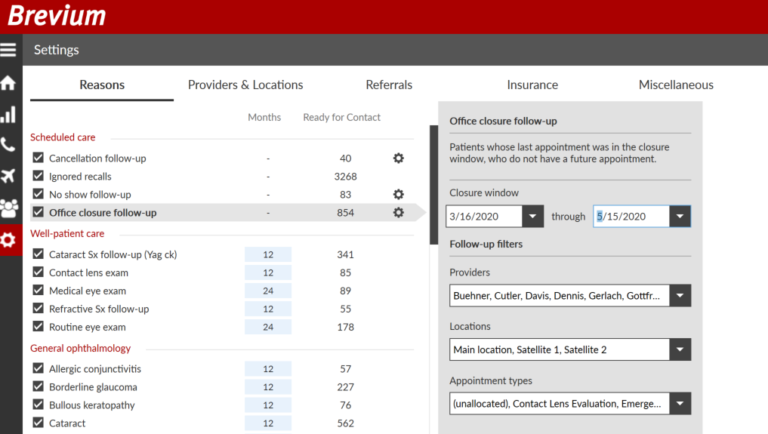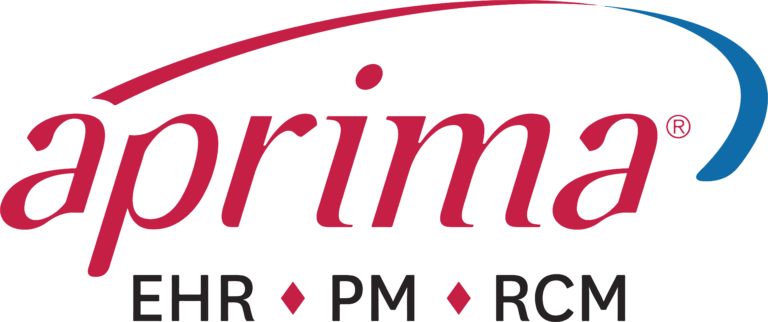The Brevium Blog

You Should Be Spending Less for New-Patient Acquisition
When you set budgets and make plans for new-patient acquisitions, you might be overlooking a gold mine in your backyard. New-patient acquisition is one of the highest priorities in most practice’s business plans, because, even among practices that have been operating for several years and have a loyal patient base, patient attrition is unavoidable. Patients move, pass away, change doctors, or just neglect to come back.
Consider the cost of acquiring new patients. First, you must generate leads. Leads is a sales and marketing term for potential new patients. They are people who raised their hand and said, “I might be interested” in response to your marketing outreach. According to health industry experts, your cost is likely $26 to $125 per lead that you generate. [1] You can quickly calculate your actual cost per lead (CPL) by dividing your marketing budget over the past year by the number of leads you generated. Be sure to include the cost of the employees who conducted marketing activities. However, keep in mind that leads are just people who have only shown an interest in your practice. Maybe they came to your website from an email or a Facebook ad. Your costs continue when you work to turn those leads into patients. This cost varies greatly from practice to practice, but it includes additional investments you make into enticing those leads to make an appointment, such as phone calls or emails, free services for new patients, time to manage new-patient forms, reputation management, which includes generating positive online and word-of-mouth reviews from existing patients, and so on.
As you work to acquire new patients, you might be overlooking a much less expensive patient pool that exists right in your database. Business experts say that generating revenue from existing patients is five to 25 times easier and less expensive than trying to attract new patients. [2] And if your practice is typical, more than 25 percent of your patients have fallen into the inactive-patient abyss [3], because they didn’t respond to your email, text, and phone call reminders and patient recalls during the period when you considered them active patients who were due for follow-up appointments or recare. Your practice might have given up on these lost patients, but reactivating patients is easier and more beneficial than you think.
Our experience has shown that some 25 percent of patients who have been inactive from eight months to five years have come back [4] when they were contacted four to five times using a variety of methods, including strategically placed phone calls, emails, text messages, and post cards. Consider that you don’t have to pay to generate these leads. You still have their information in your database. And you don’t have to invest in enticements to bring them in. You just need to develop a convincing communication strategy.
We have found that each patient who is reactivated brings in an average of $174 of revenue on their first return appointment and an additional $284 over 12 months.[5] Consider the number of patients in your practice. If you have 30,000 patients, for example, 7,500 of those are likely inactive, and almost 2,000 can be reactivated with the right contact strategy. This represents a significant benefit for both the patients and your practice without spending a lot of money and time trying to attract new patients.
Budgeting and planning for new-patient acquisition should start with revisiting your inactive patient database and making plans to reactivate a significant number of them. Your bottom line will benefit, and these lost patients who have been without care for too long can return to more healthy habits.
Brevium is the pioneer in patient reactivation. Brevium’s software mines its clients’ patient databases using customized algorithms to improve the patient appointment lifecycle™. Hundreds of practices have found Brevium to be a trusted partner, with personalized training and unlimited support. Through original research and software development, Brevium helps ensure that patients return for the care they need, and practices derive the greatest financial benefit from the patient appointment lifecycle™.
References
| ↑1 | https://thescript.zocdoc.com/how-to-find-the-cost-to-acquire-a-new-patient-lead/ |
|---|---|
| ↑2 | https://hbr.org/2014/10/the-value-of-keeping-the-right-customers |
| ↑3, ↑5 | ALOHA Study |
| ↑4 | “Breathe New Life int Your Patient Reactivation Campaigns,” slide 11 |














